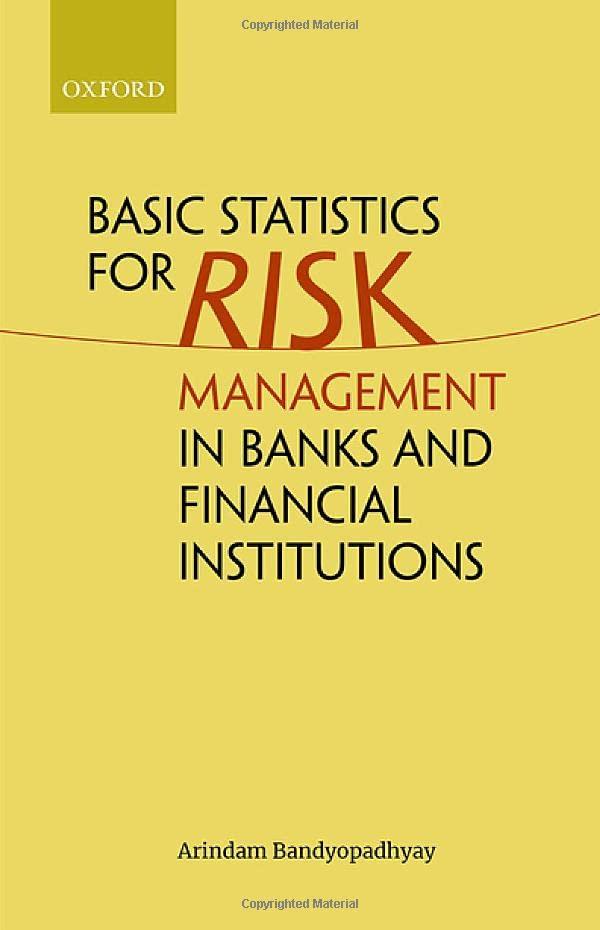A researcher is investigating the key factors that determine the likelihood of loan payment default for retail
Question:
A researcher is investigating the key factors that determine the likelihood of loan payment default for retail loans. A logistic regression exercise has been carried out on 1500 borrower data in STATA. The dependent variable (default) is a binary dummy variable that capture default incidents (default = 1 for defaults and default = 0 for non- defaults). Five independent variables (or factors) were used in the regression model: (i) debtinc- debt to income ratio (or burden)
in %; (ii) employ- number of years in the job; (iii) creddebtinc- credit card debt to income ratio; (iv) ed- educational qualification based on degrees; and (v) income- income in ‘000$. The logit regression result is presented below:
Iteration 0: log likelihood = − 984.63781 Iteration 1: log likelihood = −762.42 Iteration 2: log likelihood = − 730.99043 Iteration 3: log likelihood = − 727.06905 Iteration 4: log likelihood = − 726.98467 Iteration 5: log likelihood = − 726.98462
a) Find out the LR chi2 of the Logit model
b) Estimate the Pseudo R2
c) Which regression factors are statistically significant? And why?
d) How will you interpret the regression coefficients?
e) What kind of optimization method is used? And why?
f) Now, using the above regression table, predict the dependent variable for a borrower with factors: debtinc = 24.2, employ = 13, creddebtinc = 0.1302, ed = 2 and income = 62; what will be its expected probability of default?
g) Why you should perform a Hosmer Lemeshow Test? What is the STATA command for this test?
Step by Step Answer:

Basic Statistics For Risk Management In Banks And Financial Institutions
ISBN: 9780192849014
1st Edition
Authors: Arindam Bandyopadhyay





